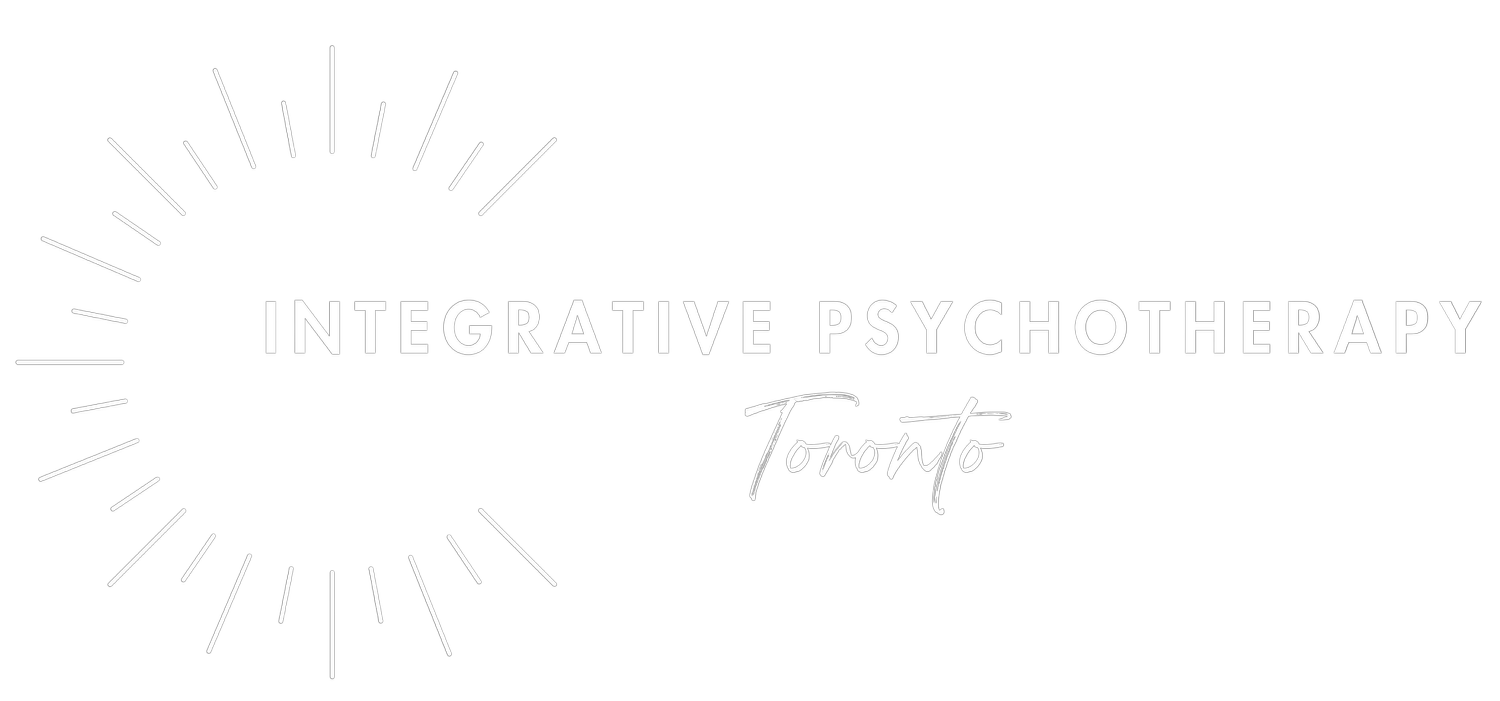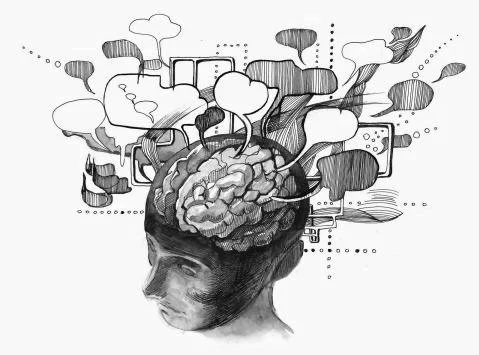“Because healing requires more than time—it requires accessing the deepest layers of the mind and body.”
For those weighed down by the unresolved pain of anxiety, depression, PTSD, or attachment wounds, Deep Brain Reorienting (DBR) offers a way to access the brain’s deepest responses to trauma and unrespolved pain, providing relief where words alone may fail. If you've felt stuck in cycles of emotional overwhelm or distress, DBR helps you reconnect with the body’s natural healing capacity, unlocking pathways to restore balance, safety, and emotional freedom.
Trauma is not just stored in your thoughts—it's embedded in your nervous system, in the tension of your muscles, and in your brain’s protective responses. DBR works by gently guiding you to access the pre-affective responses—the split-second reactions that occur in the deep brain during moments of shock or attachment disruption. By focusing on these core responses, you can process and release the stored pain that has been driving your anxiety, fear, or emotional disconnection for years.
Imagine the relief of no longer feeling trapped in the same emotional patterns. With DBR, you are not just healing the trauma; you are transforming how your brain and body respond to it. By accessing these deeply rooted responses, you can begin to reorient your life towards a future of clarity, connection, and resilience.
What is Deep Brain Reorienting?
Deep Brain Reorienting is a cutting-edge, trauma-focused therapy that targets the brainstem—specifically the part of the brain activated during moments of threat or attachment disruption. Developed by Dr. Frank Corrigan, DBR seeks to process trauma by tracking the original physiological response sequence that occurs in these moments, before emotions like fear or distress even set in. This bottom-up approach works with the brain’s natural healing capacity, creating long-lasting change by accessing and reprocessing trauma where it is stored.
How Deep Brain Reorienting Works
Shock is a physiological and neurochemical process that is always present at the “moment of impact” of trauma or emotional wounding. Unfortunately, it is notoriously difficult to treat, and often acts as a barrier to healing. When the shock of trauma, loss or deep emotional pain is untreated, the injury is unable to heal and the experience remains unprocessed.
Deep Brain Reorienting (DBR) is the first therapy to target shock and has been transformational in trauma treatment. DBR aims to access the core of the traumatic experience in a way that tracks the original physiological sequence in the brainstem, the part of the brain that activates in situations of danger or attachment disruption.
What to Expect in a Deep Brain Reorienting Session
DBR works by guiding you to revisit the traumatic memory, starting with the "orienting tension" that arises in the body before emotional overwhelm occurs. This tension—often stored in areas like the neck and facial muscles—anchors the mind in the present moment, preventing emotional flooding or dissociation while working through traumatic memories. By working with these pre-affective tensions, DBR offers a safe way to process trauma without re-traumatizing or overwhelming the client.
In a typical DBR session:
Your therapist will guide you to connect with the physical sensations linked to a traumatic memory, focusing on subtle tensions in the body.
The session will emphasize grounding techniques to ensure you stay present, reducing the risk of emotional overwhelm.
As you explore these sensations, your therapist will help you track the physiological sequence of the trauma, allowing your brain to naturally reprocess the experience.
DBR sessions are typically longer than standard therapy sessions, offering a deep and gradual way to access and heal trauma at its core.
Our Psychotherapists
BECAUSE TOGETHER WE REACH FURTHER
Benefits of Deep Brain Reorienting
DBR is particularly effective for those who have found traditional talk therapies ineffective, offering a somatic, body-based method to heal trauma from the ground up. It is not only effective at treating trauma-related conditions like PTSD, anxiety, and depression, but it also provides profound benefits by working directly with the nervous system’s core responses.
By targeting the brainstem’s deep-seated physiological reactions to trauma, DBR offers a pathway to healing that creates lasting emotional and psychological change.
Key benefits include:
Decreased emotional reactivity: DBR helps reduce the intense emotional reactions often triggered by past trauma. By accessing the brain’s early responses to stress or danger, you can process the traumatic memory at its core, allowing you to respond to future stressors with more calm and control.
Nervous system regulation: One of the most transformative effects of DBR is how it supports nervous system regulation. By working with the body’s natural rhythms, DBR helps to soothe the fight, flight, or freeze responses, allowing the nervous system to return to a state of balance. This can lead to greater emotional stability and resilience.
Increased resilience and emotional capacity: As DBR helps to release the trauma held in the body and mind, it naturally increases your emotional capacity. This means that over time, you’ll feel more equipped to handle life's challenges, with greater emotional flexibility and strength.
Restored sense of safety: DBR works by processing trauma that is often tied to feelings of threat or attachment wounds. By reorienting these responses, clients often report a restored sense of safety and security within themselves and in their relationships.
Improved overall well-being: As DBR releases long-held trauma from the brain and body, it enhances overall well-being. Clients frequently notice improvements in mood, sleep, and physical health as their systems come back into alignment.
By combining these benefits, DBR not only helps you heal from past trauma but also strengthens your ability to face future challenges with increased resilience, emotional regulation, and a newfound sense of inner peace.
Deep Brain Reorienting at Integrative Psychotherapy Toronto
At Integrative Psychotherapy Toronto, we believe that true healing comes from addressing trauma at its deepest layers. Our therapists are highly skilled in Deep Brain Reorienting (DBR), a powerful modality that goes beyond traditional therapy by working directly with the brain’s core trauma responses. What sets us apart is our integrative approach, combining DBR with other cutting-edge therapies to create a comprehensive, personalized treatment plan that addresses both the mind and body.
Our holistic approach includes:
EMDR (Eye Movement Desensitization and Reprocessing): EMDR is a trauma-focused therapy that helps clients reprocess distressing memories using bilateral stimulation. This therapy complements DBR by focusing on the brain’s natural ability to heal from trauma and reprocess painful memories, providing relief from PTSD, anxiety, and depression.
Internal Family Systems (IFS): IFS helps clients explore and heal their inner emotional “parts,” working through protective mechanisms and wounded parts of the psyche. When combined with DBR, IFS supports deep emotional healing by addressing both the internal family system and the physiological responses to trauma stored in the brainstem.
Somatic Therapy: Trauma is not only stored in the mind but also in the body. Our therapists use somatic techniques to release physical tension and nervous system dysregulation, creating a pathway to emotional healing that complements the brain-based focus of DBR
Breathwork: We incorporate breathwork techniques to support nervous system regulation and create a safe container for deeper emotional processing. This helps clients stay grounded during sessions, allowing for a smoother processing of traumatic memories
By integrating these powerful modalities, we tailor each client’s healing journey, ensuring that you receive a holistic and compassionate approach to your trauma therapy. Our goal is to help you move beyond emotional reactivity, strengthen your resilience, and restore balance to your mind and body.
At Integrative Psychotherapy Toronto, we specialize in guiding you toward lasting healing, offering an integrative and deeply restorative approach that few other clinics provide.
Frequently Asked Questions About Deep Brain Reorienting
What can deep brain reorienting help with?
Deep Brain Reorienting can be highly effective for individuals struggling with trauma-related conditions such as:
PTSD, complex trauma, and attachment wounds.
Anxiety, panic disorders
Dissociative disorders.
Depression linked to unresolved trauma or emotional pain.
Chronic relational issues rooted in early trauma
How is Deep Brain Reorienting different from other trauma therapies?
DBR focuses on the brainstem’s physiological responses to trauma, offering a bottom-up approach, while many other therapies like Cognitive Behavioral Therapy (CBT) focus on top-down processes, working with thoughts and behaviors. DBR integrates somatic experiences and deep brain processing, making it highly effective for deeply rooted trauma.
How long does it take to see results with Deep Brain Reorienting?
The timeline for results varies depending on the individual and the severity of their trauma. Some clients begin to notice improvements after a few sessions, while more complex trauma may require longer-term work.
Can DBR be combined with other therapies?
Absolutely. At Integrative Psychotherapy Toronto, we often combine DBR with therapies such as EMDR, Somatic Therapy, and Internal Family Systems to provide a holistic treatment plan that addresses both emotional and physical layers of trauma.
Is Deep Brain Reorienting covered by insurance?
Yes, our therapy services, including DBR, are typically covered by most insurance plans in Ontario. We recommend checking with your provider for specific coverage details.
Ready to Begin Healing at the Deepest Level?
If you’re ready to transform your relationship with trauma and start the journey toward healing, Deep Brain Reorientingcan help. Our compassionate therapists at Integrative Psychotherapy Toronto are here to support you every step of the way.
Book your consultation today and discover how DBR can change your life.













